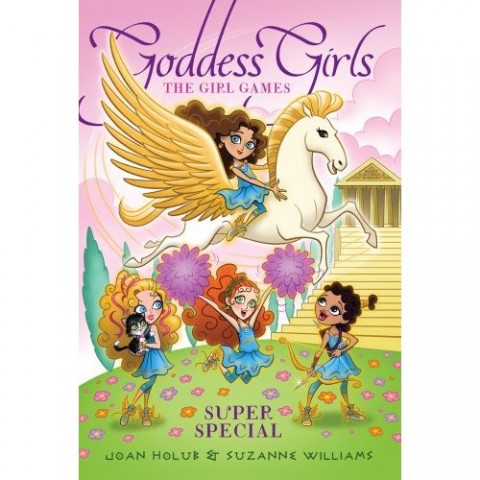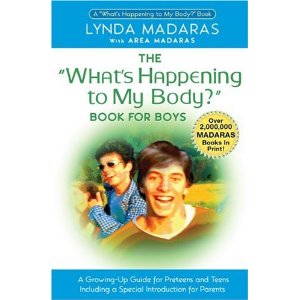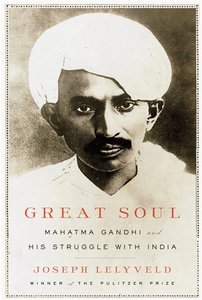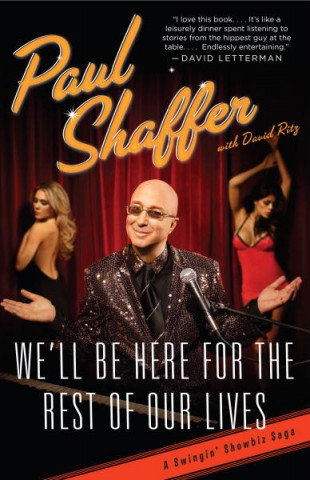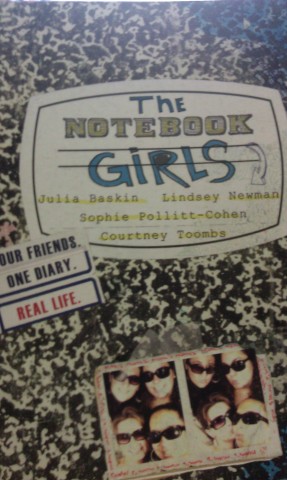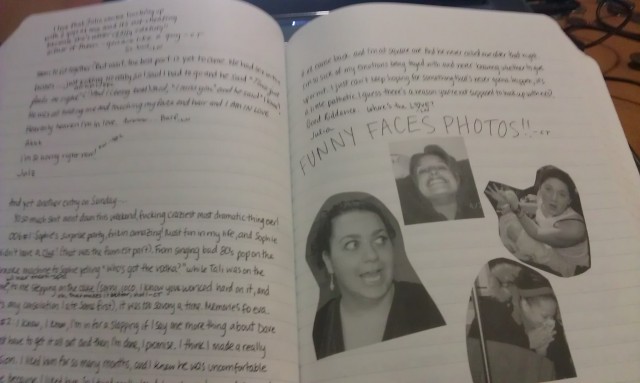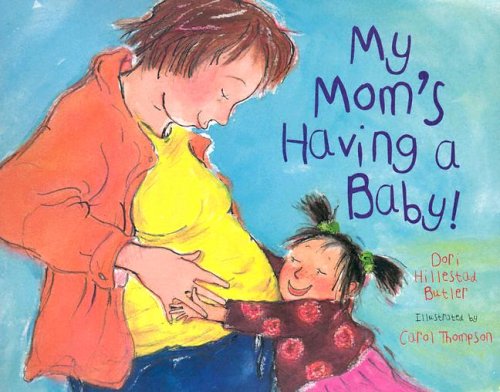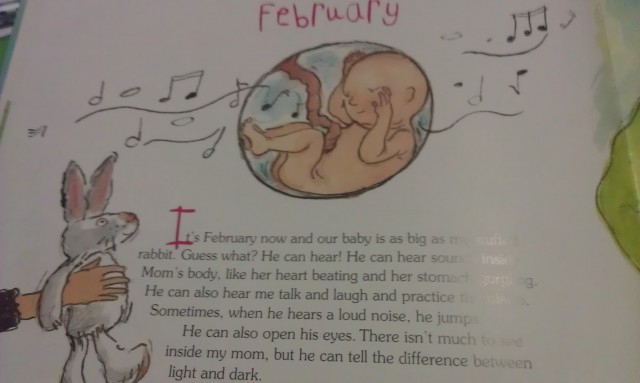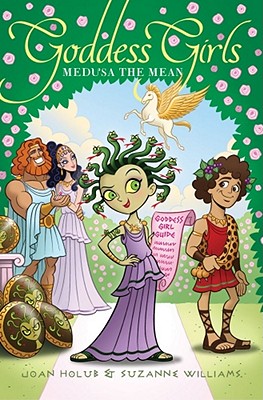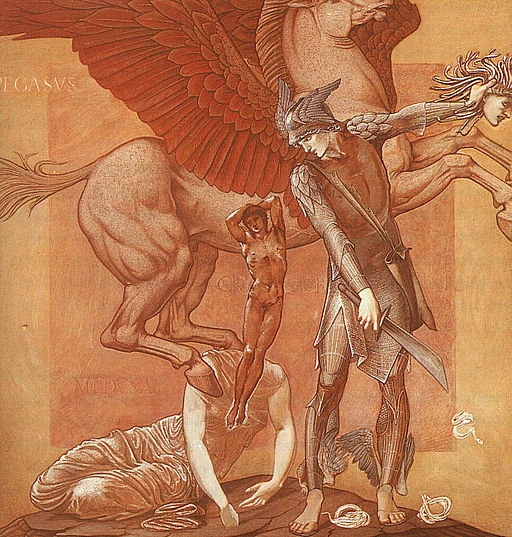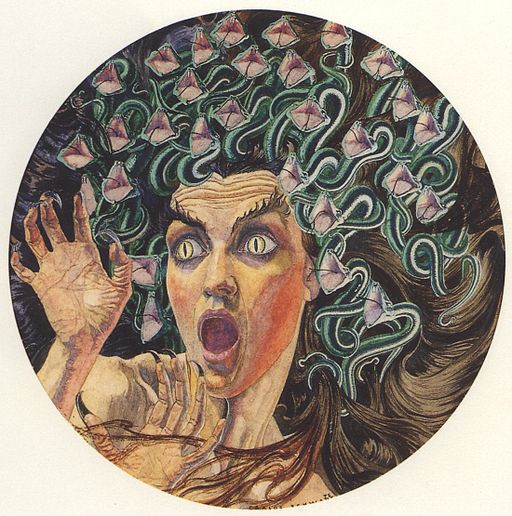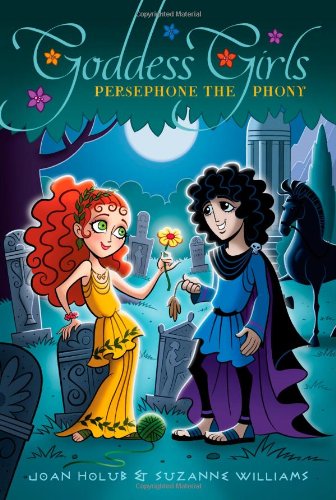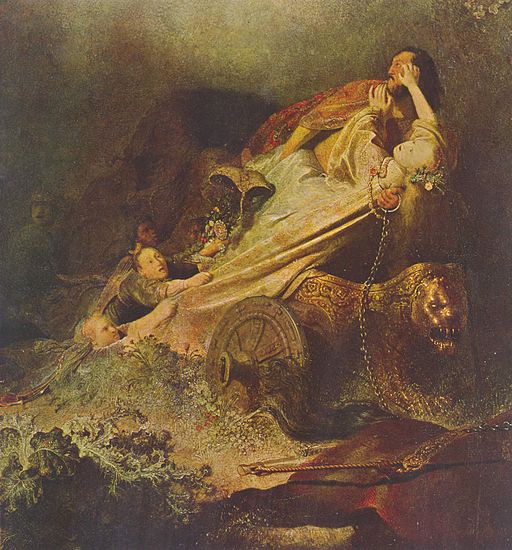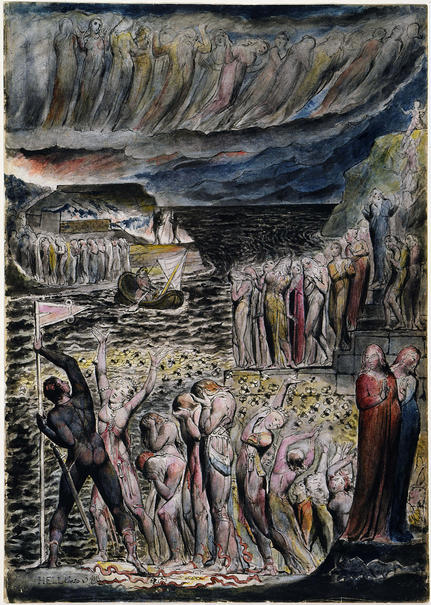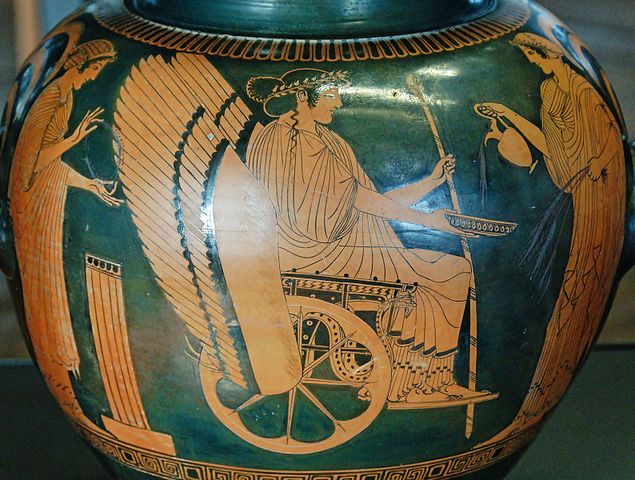It’s Steven’s favorite time again!!! The maximum amount of time till the next Goddess Girls book!!! Actually, he complained way less about this one. I don’t know if it was because it’s super special or he’s just become inured to the pain.
Summary of Amazingness
By Patricia
Remember a few books ago when Artemis got Zeus to agree that it was totally unfair that girls couldn’t participate in the Olympics?? It’s time for the girl version, the Heraean Games!! Goddess girls and mortals from all over the world have come to Mount Olympus Academy to compete and Artemis is going crazy trying to organize everything! Aphrodite and Persephone are busy passive aggressively fighting about a kitten named Adonis that Aphrodite found, plus trying to hide him from everyone because they’re not allowed to have pets! Plus, there’s this weird boy trying to ride Pegasus and Athena ends up accidentally helping him steal it, but it’s cool because they end up defeating a rampaging chimera. Between practicing for their events, worrying about their crushes, and trying to get along with the international goddess girls, Athena, Artemis, Aphrodite, and Persephone hardly have time for their friends! In the end, Aphrodite and Persephone learn to share, Artemis learns to delegate, and Athena learns that she can talk her way out of anything.
Faithfulness to Original Mythos
By Steven
This one is a little harder to rate than previous volumes as it doesn’t actually follow any single myth. Plus, not much is known specifically about the Heraean Games of yore, so that doesn’t give us much to go on either. But, there are at least plenty of mythological shout-outs to acknowledge and rate, so let’s get started! First off, there are the foreign delegations (mixed mortal and divine). From the Amazons, we have Penthesilea and Hippolyta, both mythological queens and so in pretty good standing to compete. Fun fact: Hippolyta has more variations to her original tale than almost any other character in the series to date, all of which originally ended in her gruesome and tragic death and two of which blamed the murder on different characters in this book. Extra credit if you guess them both! Then come the Norse goddesses, Freya [Freyja] and Skadi [Skaði] (originally the patronesses of love/fertility and hunting/winter, respectively). Bonus points for Freya’s necklace, Brisingamen! Egypt also makes a showing with Satet and Neith, goddesses of floods/hunting and war/hunting (noticing a pattern here?) as does China in the persons of Mazu, goddess of the sea, and Wen Shi [Long Mu], mortal Mother of Dragons and post-mortem goddess of parents and children. Double bonus points for including her five snakes, though half a point off for not identifying them as infant dragons. The real fun is in the two traditionally Greek mentions: Bellerophon (and Pegasus, naturally) and Adonis. Here’s where my vote splits; their treatment of the Bellerophon myth is pretty close to the original where it counts, following his dream-sequence introduction to Athena, receipt of her golden bridle, capture of Pegasus, and [near-]suffocation of the Chimera. For that part, 9/10 points! Adonis, on the other hand, shows up as a black cat in the marketplace. We spend the whole book waiting for some dramatic reveal that will unmask him for the epitome of human masculine beauty which we know him to be, only to hit the end…and he’s still just a cat. Props for having Aphrodite fall for him, in a way, I guess. But yeah, no love interest? No life-death-rebirth action? How does Persephone figure into it? And what’s with the cat thing? We may never know.
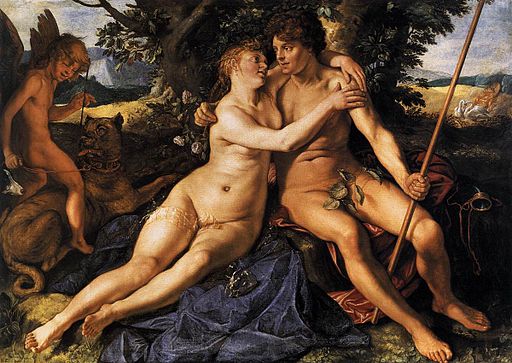
Steven kept insisting that something like this was bound to happen, and I was like “You STILL don’t understand tween fiction, do you?”
Tween Girl Life Lessons
By Patricia
1) Just because you’re competing against someone, doesn’t mean you can’t also be friends!
2) If something is against the rules, just hide the fact that you’re doing it for awhile and everything will work out
3) Stealing is okay if you use the stolen goods to defeat monsters!!
Steven’s Favorites!
Character: Cerberus. For all his fierceness, he’s just a big ol’ softy with the kittens.
Part: The mail-order mixups! Nice to see that shipping hasn’t appreciably changed in the last 2,500 years.
Thing I Learned: Zeus has a nasty cat allergy, but is otherwise 100% immune to illness. Who knew?
Patricia’s Favorites!!
Character: Penthe the Amazon girl! She totally hit on Artemis’ crush to distract her and give Penthe an advantage during archery!! Smooth.
Part: One of the competitions in the girl games is thumb wrestling!!! Yes!!!
Thing I Learned: Ms. Hydra’s many heads each represent a different personality trait. The pink one’s the most gossipy and the gray one worries too much.
Next Time: Pandora the Curious!!
Previously:
Book 1, Book 2, Book 3, Book 4, Book 5, Book 6, Book 7, Book 8

